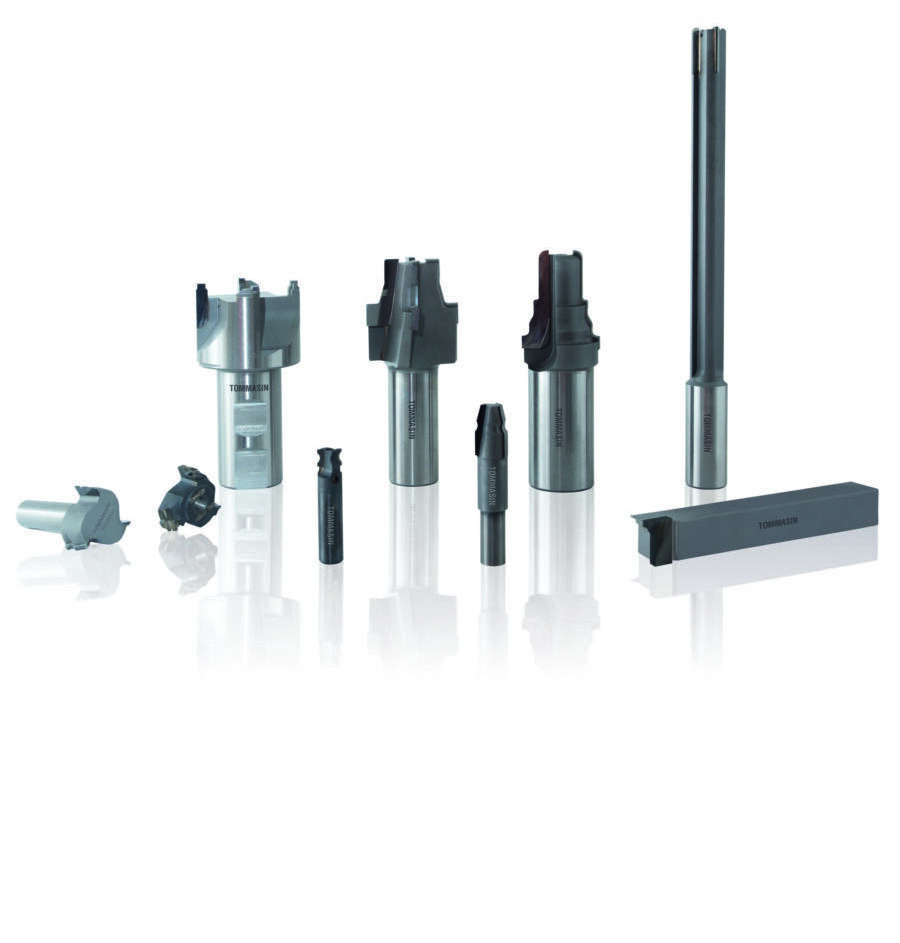
PCD or carbide: which is cheaper?
https://www.tommasin.com/wp-content/uploads/2020/10/MG_5599-ritoccata-scaled.jpg
The choice of the type of material to use for your tool depends on numerous variables, such as:
- The type of machining process
- That the material to be treated
- The requirements of each individual user.
For this reason, it may often be difficult to decide between PCD and carbide. In this article, we will analyse the characteristics of these two types of tools and find out for which occasions it is better to use one or the other.
Make your tool in PCD or carbide
When and why should you choose polycrystalline diamond tools (PCDs)
Polycrystalline diamond is a composite material consisting of diamond particles, produced in a laboratory by means of a sintering process.
The characteristics of the PCD are as follows:
- Very high hardness
- Low friction
- High wear resistance
- Longer cutting life
- Excellent finishes
These characteristics make PCD the right choice for cutting tools, used for the following activities:
- Truciolare
- Laminati
- Mdf/hdf
- Fibra di vetro
- Fibra di carbonio
- Pvc
- Coprian
- Hpl
On the other hand, PCD tools are not recommended for processing ferrous materials.
In fact, here at TOMMASIN UTENSILI, you can request for a customised special PCD tool to be designed and produced.
https://www.tommasin.com/wp-content/uploads/2020/10/frese-grandi-scaled.jpg
When and why should you choose carbide (PCDs)
Cemented carbide (also known as Widia) is a material comprising a greater number of hard particles than Tungsten Carbide, which are bound into a metal matrix (often cobalt) and always produced via the sintering process.
The main characteristics of carbide tools are as follows:
- High wear resistance
- High toughness
For this reason, carbide tools are primarily used for chip-removal processes.
Carbide tools are particularly suited to processing materials being processed several times in the same day and where a high-quality finish is not required.
In fact, at TOMMASIN UTENSILI, you can find the complete range of standard carbide tools and request for a customised special PCD tool to be designed and produced.
PCD or carbide: which is the cheapest option?
Although you should decide whether to use PCD or carbide according to the type of processing that needs to be carried out, the price also tends to be a contributing factor.
Carbide tools are significantly cheaper than polycrystalline diamond tools, but this does not necessarily indicate that substantial savings will be made in the long run.
In fact, if you look not only at the initial cost but rather at the total costs, you will discover that many other factors play a crucial role when it comes to saving money.
These are:
- The cutting life: The average cutting life of PCD tools is 50 times longer than that of carbide tools.
- The cutting quality: Both PCD and carbide boast an excellent cutting quality; however, the carbide starts deteriorating immediately after first use, while the quality of the PCD retains its initial sharpness.
- Resharpening: Carbide tools need to be resharpened more often than PCD.
This means that:
- The downtime is greater
- The machine reset times are longer
- New tools are purchased more frequently.
For these reasons, purchasing a carbide tool is not always the cheapest option when you compare it to a PCD tool.
